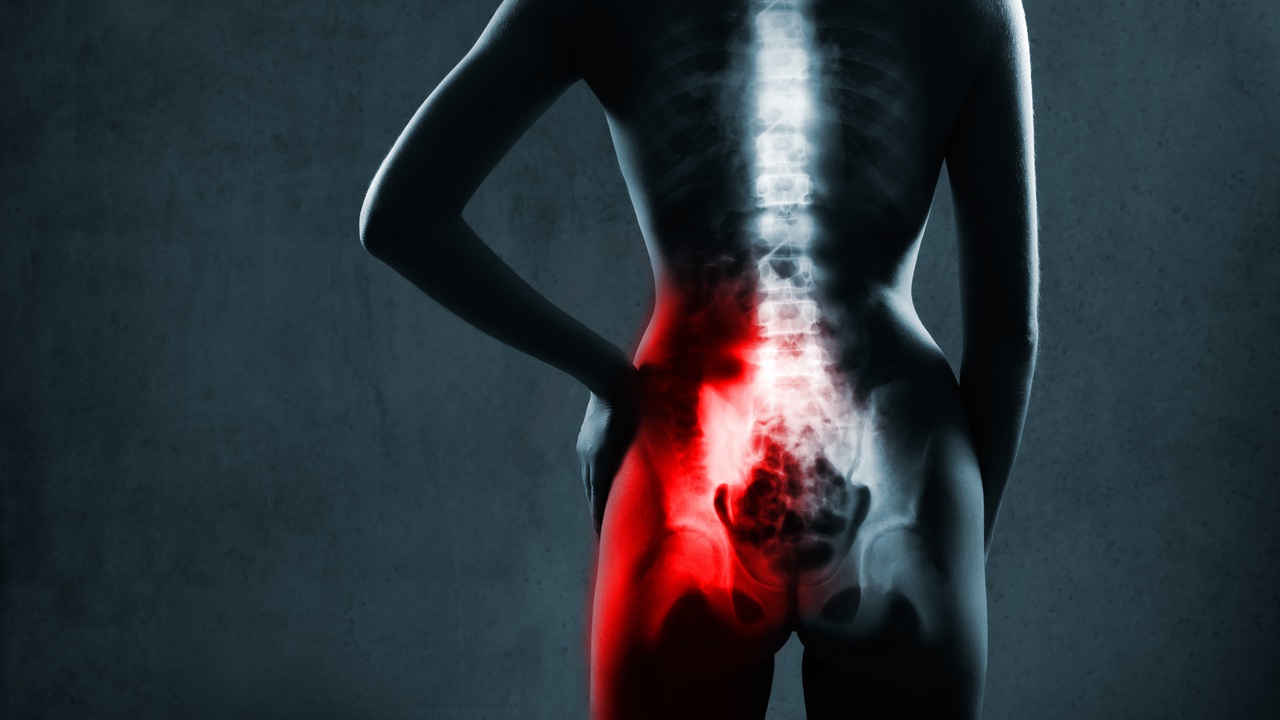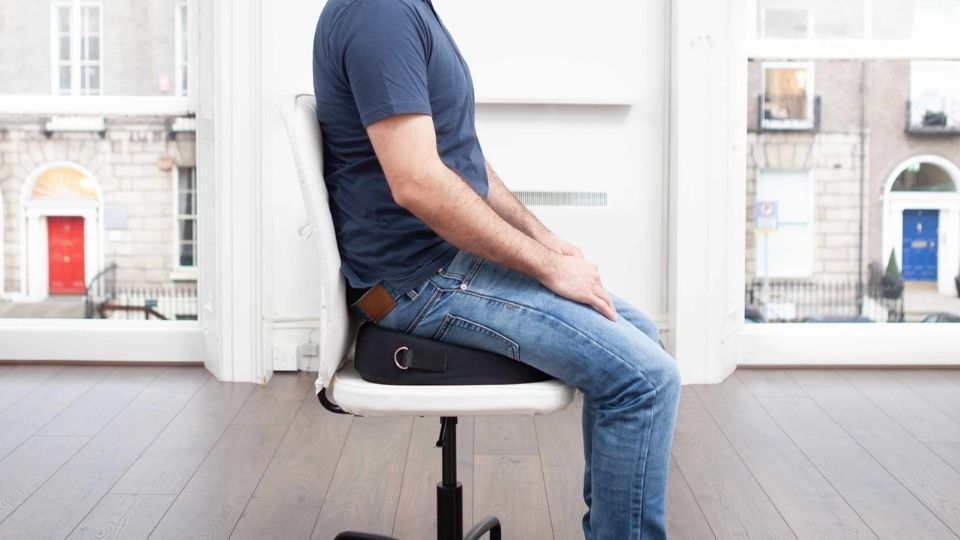Low back pain is the single leading cause of disability worldwide, according to the Global Burden of Disease. Nearly 1 in 10 people suffer from an aching lower back at any given time; nearly 80% of Americans will suffer from debilitating lower back pain at some point in their life. While there may be strength in numbers the problem lies in the fact that there are many causes of this pain and it can often be hard to diagnose what is causing the pain.
This article will focus on one common albeit not well-known cause of lower back pain: Sacroiliac Joint Dysfunction, usually cause by an inflammation of the joint.
What is the Sacroiliac Joint?
The Sacroiliac Joint, or SI Joint, is the spot where the spine meets the pelvis, or for those who recall their Anatomy and Physiology class, where the sacrum and the ilium (hip bone) of the pelvis join together. It actually plays an integral role in our daily function; it’s where the spine transfers weight bearing to the pelvis and then the legs. Its main function is as a shock absorber; additionally, motion that jars the back that transfers motion to the hips and vice versa is putting a strain on the sacroiliac joint.
How Do I Know If My Lower Back Pain is coming from My Sacroiliac Joint?
Most SI joint pain is felt very low down in your back, sometimes felt as low as in the buttocks and thigh. It is commonly felt on one side of the body as you technically have two SI joints in your lower back and you can suffer an inflammation of only one of them. It is more common in women than in men.
If you are undergoing or have recently went through any of the following there’s also a good chance that you are suffering from an inflammation of the SI joint:
Pregnancy- During pregnancy the female body releases hormones to allow the connective tissues in the body to relax. This relaxation is integral so during delivery the female pelvis will be able to stretch enough to allow the fetus to pass through. This stretching results in changes to the SI joint, causing them to relax and in turn inflame. Pregnant women are also now carrying significantly more weight which adds to the pressure on the SI joint.
Uneven pelvic motion-people who are born with one longer and one shorter leg, as well as people who may be limping because of an outside factor are also susceptible to a disruption of the SI joint.
Trauma to the Lower Back-a trauma that causes a twisting of the pelvis such as a car accident or a fall on one’s buttocks can cause SI joint pain. One school of thought is that when one slams on the brakes the impact is transmitted up the pelvis through the SI joint.
Consistent pounding of the lower back-exercises such as running can sometimes lead to SI joint pain due to the constant pounding on the lower back
Yoga Twists-On occasion seated twists in yoga can lead to a twisting of the lower back and a stretch of the SI joint.
How Do You Treat Sacroiliac Joint Pain?
There are a number of basic ways to treat SI joint dysfunction with a high success rate in most instances.
Wear a Sacroiliac Belt-Wearing a sacroiliac belt, or SI Belt, can help relieve the pain for many. The belt-sometimes called a trochanter belt but usually referred to as an SI Belt-holds the joint more tightly together providing stability of the joint and helps reduce inflammation. SI belts are easy to wear and are a great quick fix for instant relief. These are often marketed as pregnancy belts for the maternity market and they offer support during pregnancy.
Rest-If the cause of pain is diagnosed as a result of an injury most doctors will suggest stopping the exercise which caused the issue in the first place.
Home exercises-many simple stretches can be done at home to help alleviate SI joint pain. Most of them consist of stretches that aim to strengthen your lower back and reduce inflammation. Click on these links to find out more about these stretches which include: knee to chest stretches; the yoga pose, Cobra; and lower trunk rotation.
For more severe cases your doctor may suggest physical therapy, injections or possibly surgery.




